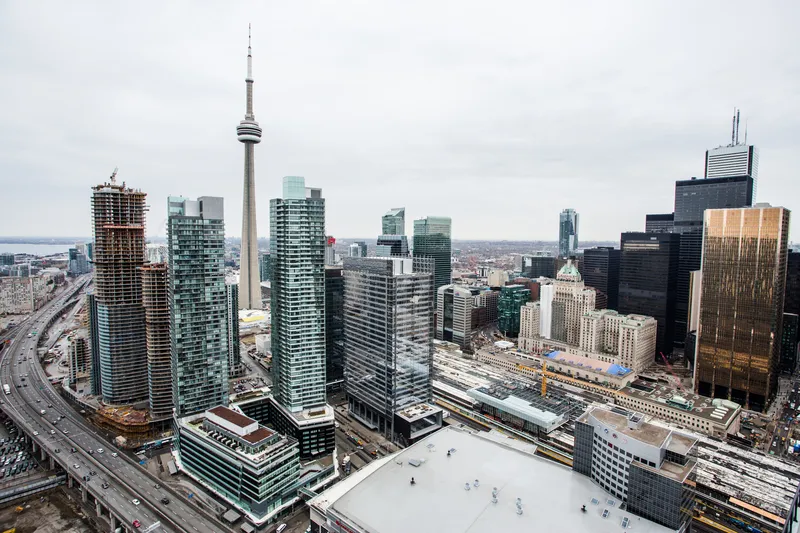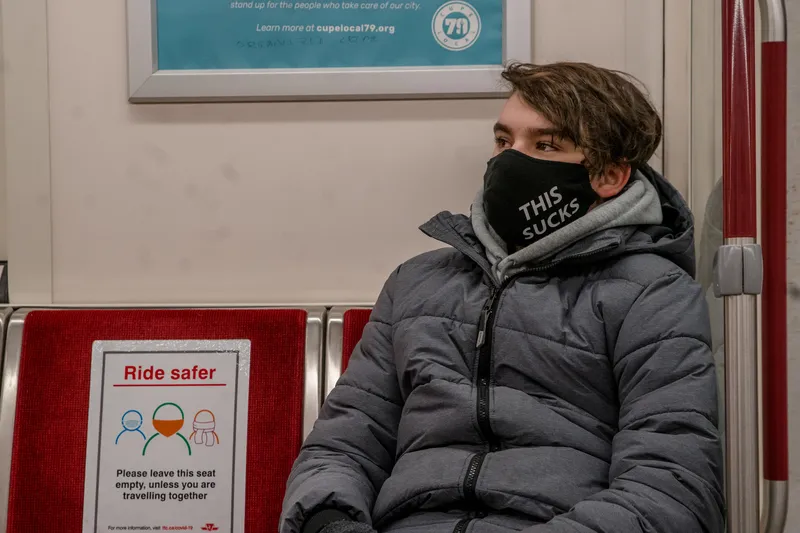GO Transit, a division of Metrolinx, located in Toronto, Canada, that carries 61 million passengers a year has chosen INIT to deploy a new fleet management system for 424 GO buses, 47 GO rail cars and 50 non-revenue vehicles. The contract calls for an advanced ITS solution which includes an intermodal CAD/AVL system, on-board mobile data terminals, automatic passenger counting technology, next stop announcements, in-vehicle variable message signs, real-time vehicle diagnostics and interfaces to existing des
July 17, 2012
Read time: 1 min










